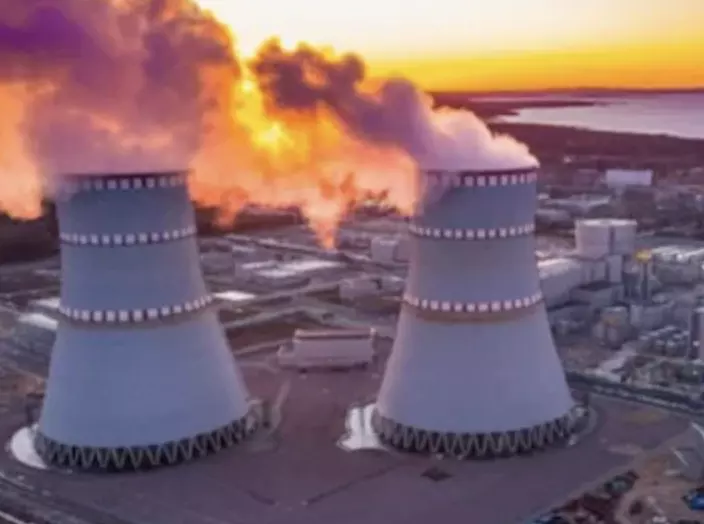US to ease nuclear sanctions: How It benefits India
image for illustrative purpose

Over the last two decades, India and the United States have developed a strong bond of trust, paving the way for potential progress in the nuclear energy sector. Sources suggest that three Indian entities might soon be removed from the US blacklist, although two legal obstacles currently hinder the finalization of nuclear cooperation agreements.
India’s Nuclear Expertise
India has established itself as a leader in small modular reactor (SMR) technology, capable of producing reactors with capacities ranging from 30 MW to 300 MW. This expertise, combined with a robust civil nuclear program, makes India a strategic partner for nuclear collaboration.
What Happened in 1998?
India’s nuclear tests in Pokhran, Rajasthan, in May 1998 triggered global sanctions. The United States imposed restrictions on over 200 Indian institutions, including prominent entities like the Bhabha Atomic Research Centre and the Indira Gandhi Centre for Atomic Research.
Although many of these sanctions were lifted following the 2006 US-India Civil Nuclear Cooperation Agreement, some restrictions persisted, delaying full-scale collaboration.
Current Developments
As US President Joe Biden’s term approaches its conclusion, significant steps are being taken to enhance India-US energy relations. A letter from President Biden to Indian Prime Minister Narendra Modi underscores the importance of these ties. US National Security Advisor Jake Sullivan recently announced that regulatory barriers are being addressed to remove long-standing sanctions on Indian nuclear institutions.
The US aims to finalize agreements that allow private sector collaboration between the two nations in the civilian nuclear domain. These measures are expected to deepen bilateral relations and open new avenues for technological and scientific cooperation.
Mutual Benefits of Cooperation
Economic Opportunities: Increased collaboration in nuclear technology will foster joint ventures between Indian and American companies, benefiting private sectors in both countries.
Technological Growth: India’s nuclear advancements, combined with American expertise, could lead to innovative solutions in energy and technology.
Bilateral Strengthening: The partnership reinforces trust and paves the way for expanded collaborations in other areas like space exploration and semiconductor technology.
Challenges and Legal Deadlocks
Two significant hurdles remain:
Export Regulations (10 CFR 810): This rule restricts American companies from manufacturing nuclear equipment or engaging in nuclear design work in India.
Liability Concerns: Disagreements persist regarding compensation frameworks for potential nuclear accidents.
Why India Matters to the US
India’s growing energy demands and advancements in nuclear reactor technology make it an attractive partner. The country’s focus on small modular reactors aligns with global energy trends, creating opportunities for collaboration.
Additionally, India’s economic contributions to the US, including investments that have generated approximately 400,000 jobs, further solidify its importance as a strategic ally.
Looking Ahead
As the US and India address these challenges, the removal of nuclear sanctions could mark a turning point in their relationship. It will not only unlock economic and technological opportunities but also set a precedent for stronger international cooperation in clean energy development.

